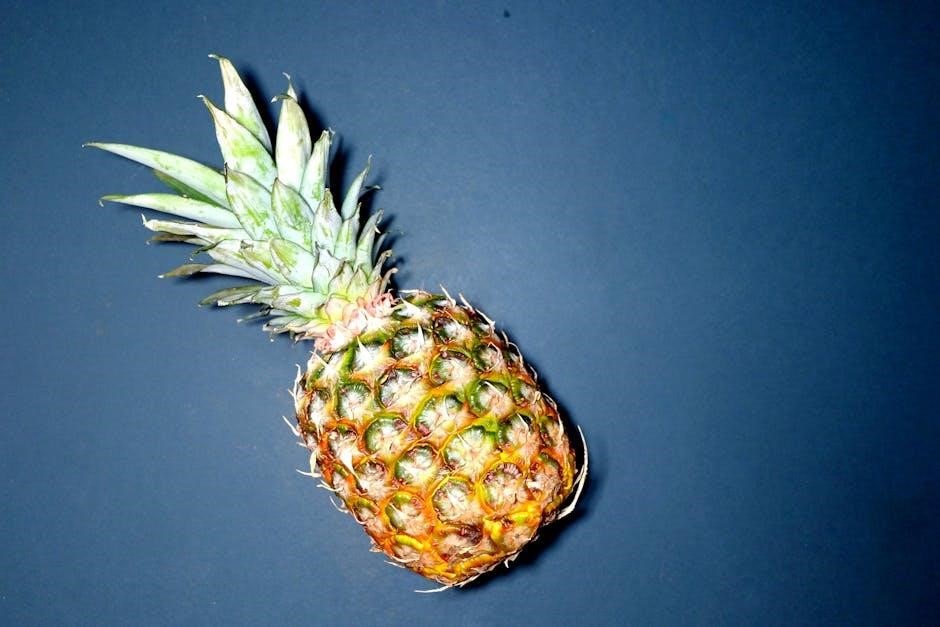The Drop Base Rally (DBR) pattern is a powerful chart formation signaling a potential bullish reversal. It forms a demand zone after a market drop, indicating a shift in sentiment and possible upward movement.
What is the Drop Base Rally Pattern?
The Drop Base Rally (DBR) pattern is a chart formation signaling a potential bullish reversal. It occurs after a sharp price decline, followed by a consolidation phase (base), and ends with a rally. This pattern represents a demand zone where buyers regain control, indicating a shift from bearish to bullish sentiment. The DBR pattern is a key concept in supply and demand trading, helping traders identify areas of support and potential upward movements in the market.
Psychological Background and Market Dynamics
The DBR pattern reflects a shift in market sentiment from fear to optimism. The initial drop phase is driven by panic selling, creating a demand zone. As prices stabilize, buyers regain confidence, forming the base. This consolidation phase indicates a balance between buyers and sellers. The rally phase confirms bullish intent, as buyers overpower sellers, driving prices upward. This pattern highlights how emotional shifts and market dynamics create opportunities for traders to capitalize on potential trend reversals.

Key Components of the Drop Base Rally Pattern
The DBR pattern consists of three distinct phases: the initial drop, base formation, and rally. Each phase plays a crucial role in signaling a potential bullish reversal.
The Initial Drop Phase
The initial drop phase of the DBR pattern is characterized by a sharp price decline, often driven by fear and panic selling. This phase represents a market downtrend where sellers dominate, leading to a significant decrease in price. It sets the stage for the base formation and rally phases, as the market reaches a potential demand zone. The drop phase is crucial, as it establishes the foundation for the pattern’s reversal potential, signaling a shift in market sentiment from bearish to bullish.
The Base Formation Phase
The base formation phase follows the initial drop, where the market consolidates, forming a range or rectangle. This phase is marked by sideways price action, indicating a balance between buyers and sellers. It is during this phase that a demand zone is established, signaling potential buying interest. The base phase is critical for validating the DBR pattern, as it reflects a shift in sentiment from selling to accumulation, setting the stage for the rally phase.
The Rally Phase
The rally phase marks the final stage of the DBR pattern, where the price breaks above the base formation, signaling a bullish reversal. This phase confirms the pattern, as buyers gain control, driving the price upward. The rally phase is where the market transitions from consolidation to an uptrend, offering traders opportunities to enter long positions. It represents a shift in market sentiment from bearish to bullish, with the price action indicating strong demand and potential sustained upward movement.

How to Identify the DBR Pattern
The DBR pattern is identified by an initial drop, followed by a base formation, and a rally phase, signaling a shift from bearish to bullish sentiment.
Criteria for Recognition
The DBR pattern is recognized by three distinct phases: an initial sharp drop, a consolidation phase forming the base, and a strong rally; The drop phase typically begins with strong bearish candles, indicating fear and selling pressure. The base phase involves sideways movement, showing stabilization and potential buying interest. The rally phase is marked by bullish candles, confirming the reversal. Traders must identify these phases accurately to distinguish a genuine DBR pattern from random market noise, ensuring reliable trade setups.
Examples of DBR in Different Markets
The DBR pattern appears across various financial instruments, providing consistent signals. In forex, it’s commonly seen in EUR/USD and GBP/USD during trend reversals. In stocks, companies like Tesla often exhibit DBR after significant declines, signaling bullish comebacks. Cryptocurrencies, such as Bitcoin, also display this pattern during market recoveries. By studying these examples, traders can refine their recognition skills, adapting the strategy to different market conditions and asset classes effectively.

Trading Strategies Using the DBR Pattern
The DBR pattern offers two main trading strategies: entering trades with pending orders and the break of structure strategy. Both approaches help exploit market trends effectively.
Entering Trades with Pending Orders
Entering trades with pending orders is a popular strategy for the DBR pattern. Traders place buy orders at the demand zone, targeting the rally phase. This approach captures upside potential as buyers regain control. Stop-loss orders are set below the base to manage risk. Proper position sizing ensures capital preservation. Pending orders streamline execution, allowing traders to capitalize on the bullish reversal effectively. This method is ideal for those seeking precise entry points in trending markets.
Break of Structure Strategy
The Break of Structure Strategy involves waiting for the market to break above a lower high, signaling a potential bullish reversal. Traders enter long positions after this structural break, targeting the rally phase. This approach avoids false signals by confirming the trend shift. Stop-loss orders are typically placed above the base to limit downside risk. This method aligns with market sentiment changes, offering a clear entry point for traders looking to capitalize on the DBR pattern’s upside potential effectively.

Related Patterns and Concepts
The Rally Base Rally and Drop Base Drop patterns complement the DBR, offering insights into market dynamics; These patterns help traders identify zones of supply and demand, enhancing their ability to predict price movements effectively.
Rally Base Drop Pattern
The Rally Base Drop (RBD) pattern is a bearish counterpart to the DBR, forming a supply zone after an uptrend. It begins with a rally, followed by a consolidation phase, and ends with a sharp decline. This pattern indicates a shift in market sentiment, as sellers gain control. The base phase acts as a resistance level, signaling potential downward movement. Traders use the RBD to identify short opportunities, making it a valuable tool in technical analysis for bearish market scenarios.
Drop Base Drop Pattern
The Drop Base Drop (DBD) pattern is a bearish continuation pattern that forms after an initial price drop. It consists of three phases: the initial drop, the base formation, and the second drop. The base phase represents a consolidation period where sellers regain control. This pattern signals the continuation of a downtrend, indicating that selling pressure dominates the market. Traders use the DBD pattern to identify supply zones and potential short entry points, aligning with broader bearish market trends.

Combining DBR with Other Concepts
Integrating DBR with Order Blocks and Fair Value Gaps enriches trading strategies by highlighting key market levels. Order Blocks reveal institutional interest, while FVG identifies imbalance areas, enhancing the accuracy of demand zone identification and trade execution.
Order Blocks and Fair Value Gaps
Order Blocks and Fair Value Gaps (FVGs) are powerful tools that complement the DBR pattern by highlighting key market levels. Order Blocks reveal areas of institutional interest, where significant buying or selling has occurred, acting as potential support or resistance zones. FVGs identify imbalance areas where price has not spent much time, indicating a lack of agreement between buyers and sellers. By integrating these concepts with the DBR pattern, traders can better identify demand zones and confirm bullish signals, enhancing the accuracy of their trades. These tools help pinpoint potential entry points and targets, aligning with the DBR’s demand zone for a more robust trading strategy.

Best Practices for Trading the DBR Pattern
Adhere to strict risk management, use stop-loss orders, and confirm signals with multiple time frames. Consistent analysis and patience are key to refining your DBR trading strategy effectively.
Risk Management and Position Sizing
Risk management is crucial when trading the DBR pattern. Traders should set stop-loss orders below the demand zone to limit potential losses. Position sizing should align with account risk tolerance, typically 1-2% exposure per trade. Diversification across multiple DBR setups can enhance returns while maintaining overall portfolio balance. Additionally, understanding market volatility and adjusting position sizes accordingly helps in optimizing risk-reward ratios, ensuring sustainable profitability over time.
Confirmation and Avoiding False Signals
Confirming the DBR pattern requires combining technical indicators and market context. Traders should look for bullish divergences in RSI or MACD during the base phase. Avoid false signals by ensuring the drop phase shows strong selling pressure, followed by a clear base with decreasing volatility. The rally phase should break above the base’s high with increased volume, confirming buyer interest. Avoiding setups with unclear base structures or weak momentum reduces false signals, enhancing trading accuracy and reliability.
The Drop Base Rally pattern is a valuable tool for identifying bullish reversals, offering traders actionable insights. By mastering its components and adhering to best practices, traders can enhance their strategies and improve profitability. Combining the DBR with other concepts like order blocks and risk management further refines its effectiveness. As with any pattern, continuous learning and adaptation are key to long-term success in the markets.